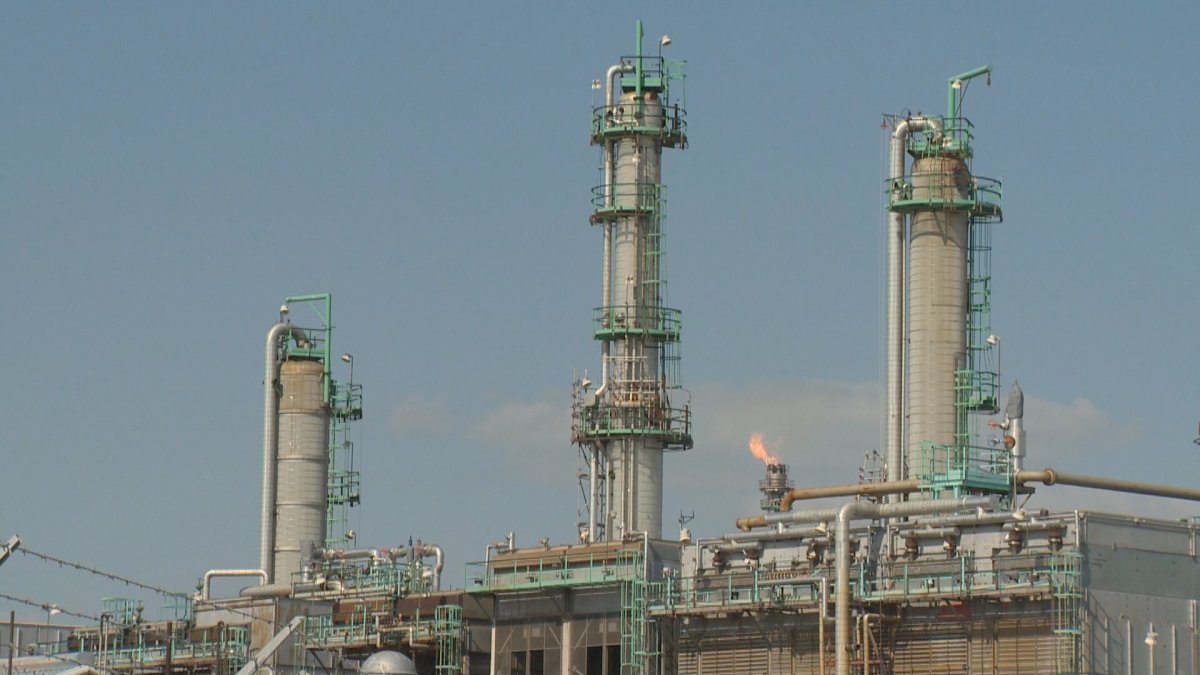A study from the University of Regina’s Institute for Energy, Environment and Sustainable Communities predicts a carbon tax would dramatically shrink Saskatchewan’s economy. Using a computer model, the study predicts the provincial GDP would lose $16 billion between 2019 and 2030 with a $50/tonne carbon tax.

This study was commissioned by the provincial government, which spent $190,000 on it.
“All of the information that we’ve had to this point has been very generic across the country, but we were trying to make the argument that Saskatchewan’s economy is not like other provincial economies that we are the most heavily dependent on export markets because of the nature of our economy,” Environment Minister Dustin Duncan said.
The model relied on publicly available information to simulate economic development both with and without the carbon tax.
Using 2011 economic data, the model projected annual one per cent GDP growth in Saskatchewan. The benchmark GDP in this model was $74.6 billion, and emissions were 69.29 megatonnes (Mt).
Once the carbon tax reached $50 per tonne in the model, the GDP shrunk by 1.43 per cent annually, a 2.43 per cent gap in potential GDP growth.

Get breaking National news
READ MORE: Saskatchewan files constitutional reference case over carbon tax
With the tax in place, it also projected an annual household cost of around $1,000 annually. This includes carbon emitting activities like driving vehicles and heating homes.
“We would need to see what in fact a carbon tax would do to an economy like Saskatchewan. That was agreed to as a part of the Vancouver Declaration that there would be economic analysis done by the federal government before any decisions were made,” Duncan said.
- Quebec premier calls on Bloc Québécois to help topple Trudeau government
- Americans can now renew passports online. Canadians are still waiting
- Pablo Rodriguez quits Trudeau cabinet to seek Quebec Liberal leadership
- Via Rail CEO calls 10-hour train delay ‘unacceptable,’ says new evacuation plan in place
The minister added that Saskatchewan will be providing this data to the federal government alongside their climate change plan, Prairie Resilience, in September.
The province said Prairie Resilience will see greater emission reductions than a carbon tax. However, concrete heavy and industrial emitter performance standards have not yet been made public. The province has repeatedly said their goal is to reduce emission by 40 per cent of 2005 levels by 2030.
Duncan said those performance standards will be finalized by cabinet in the near future.
READ MORE: Government claims carbon tax could cut 90 million tonnes of CO2: report
Like all academic studies, this report will be peer-reviewed in order to check its accuracy and ensure others are able to replicate the results.
Opposition Leader Ryan Meili has his own questions about the study.
“When you look at studies done by folks like the Ecofiscal Commission and others, what they show is that a pure regulation framework, which is what Prairie Resilience largely is, tends to have a larger negative impact on GDP versus carbon pricing,” Meili said.
Meili also worries about looking at one system, in this case a carbon tax, in isolation. However, the research team said other models, like Prairie Resilience, can be run through the simulation.
With the government having fully funded this report, Meili said that is another reason to take a second look at it. He called it an “extreme outlier.”
“You have to really ask what assumptions went in there, was the model both for reduction of emissions, but also impact on cost done in a way that’s consistent the best evidence,” Meili said.
The federal government will be reviewing provincial climate change strategies this fall, and will likely impose a carbon tax on those that do not meet their standards. Saskatchewan has also filed a legal case against the carbon tax.








Comments